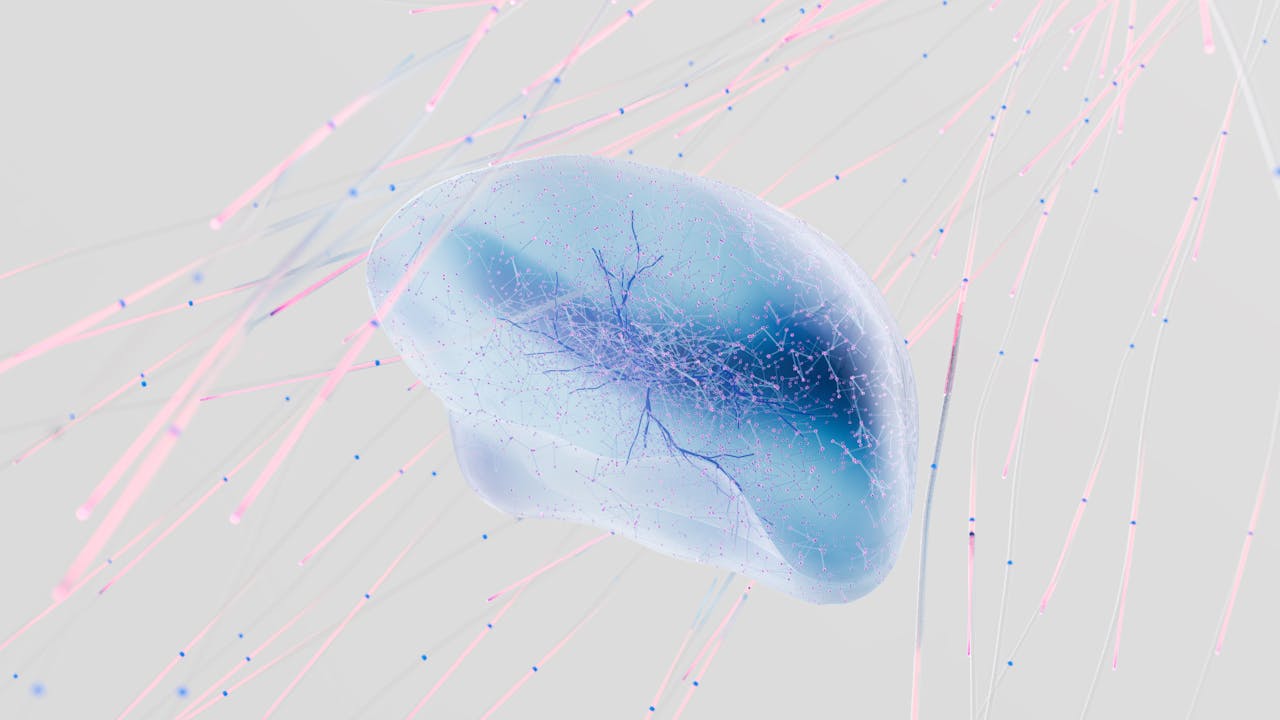News
Young People Opting Other Alternatives of Caffeine
In the past decade, the sources of caffeine consumed by young adults have become more varied without an increment in the overall intake, a new research has found. However, there has been a decline in the soda intake.
According to the research, between 1999 and 2010, 73 percent of people ages 2 to 22 consumed a form of caffeine everyday out of which 63 percent of them are children ages 2 to 5.
Previously, The American Academy of Pediatrics has often discouraged the use of caffeine consumption by young people and said in a statement "stimulant-containing energy drinks have no place in the diets of children and adolescents."
"If soda intake had not decreased over that time, then we certainly would have seen an increase in caffeine intake," said Amy Branum, a health statistician with the National Center for Health Statistics and co-author of the report, according to USA Today. Branum is also the first to examine caffeine trends among teens and kids after energy drinks became widely available.
Coffee accounted for only 10 percent of the caffeine intake in 1999-2000. In 2009-2010 it grew to nearly 24 percent, the report said.
In the report of previous decade (1999-2000) the category of energy drinks was absent. However in the current report they represented 6 percent of caffeine intake.
Caffeine is considered a "safe" substance by the Food and Drug Administration, "because of the relative lack of empirical data on children and adolescents, we just don't know whether or not that's true at that age or what the impact is over the long term of higher caffeine consumption," said Jennifer Temple, director of the Nutrition and Health Research Laboratory at the University of Buffalo, according to USA Today.
Temple is researching the effects of caffeine intake in kids and adolescents and was not involved in the new study.
The report has been published online in Pediatrics.









Join the Conversation